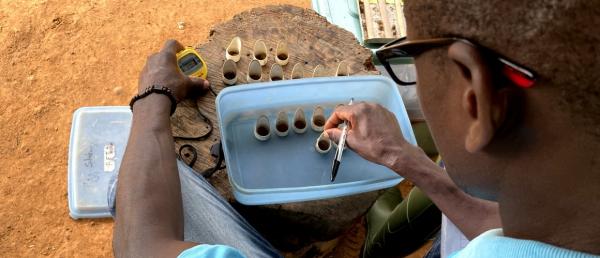Results & impact 23 April 2024
- Home
- CIRAD news
- News
- Agroforestry clusters, a model to complement fair trade
Agroforestry clusters, a model to complement fair trade
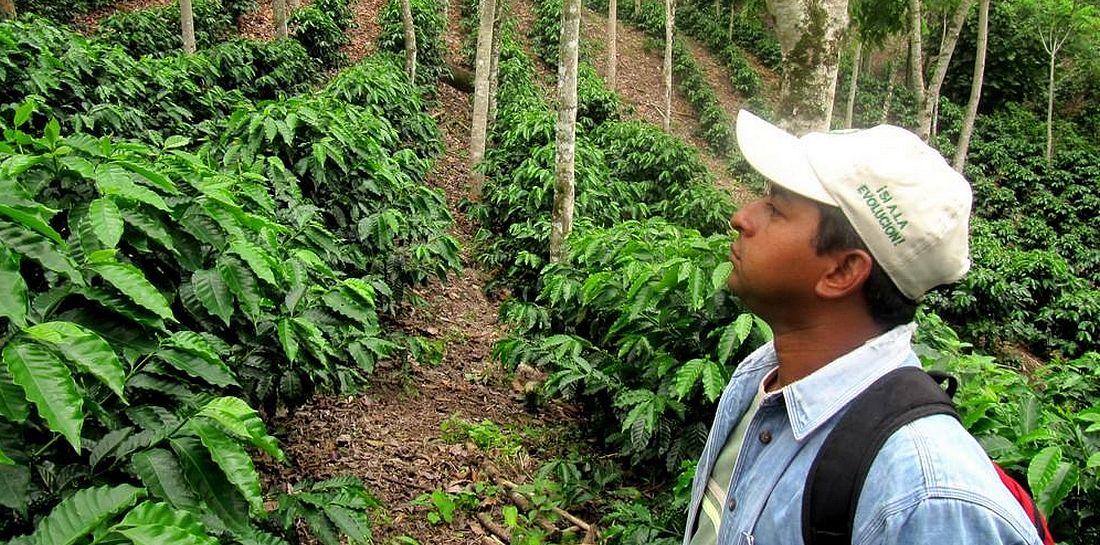
Agroforestry planting of CIRAD-ECOM hybrids, Nicaragua © B. Bertrand, CIRAD
Agroforestry clusters contribute to the agro-ecological transition, guarantee higher income for growers, and provide a stable, traceable supply of high quality coffee. The principle is based on the establishment of direct linkages between farmers, dealers and coffee roasters and the application of specifications negotiated upstream with the end buyer. These specifications cover not only the purchase price, but also the varieties of coffee planted, the cultivation techniques and the processing methods. CIRAD provides its expertise on agricultural and socio-economic analyses and the creation of linkages between different actors. It also defines good agro-ecological practice and guarantees an equitable distribution of added value.
An organizational model created by CIRAD
Benoît Bertrand, a plant breeder at CIRAD who played an active part in the emergence of the concept, says: “we examined the main issues facing each of the actors in the coffee sector. At CIRAD, we have the capacity to take different viewpoints to try to find converging interests. This is the support we provided for our partners during the development of the model .” For producers of perennial crops such as coffee, the challenge is access to credit, which is essential for replanting. Banks, on the other hand, need to safeguard investments for farmers who are often poor, in a context of declining coffee prices, and roasters seek stable, traceable, high quality production.
The winning trio of coffee production
The principle of these clusters is built around three pillars:
- The creation of a local value chain (based on a local area) with a small number of actors maximizes margins especially for farmers. This short, simplified value chain also increases the traceability of coffee, which is a major advantage for the organic sector.
- The use of high performance hybrid coffee plants guarantees excellent yields, very high quality coffee and good resistance to diseases such as coffee leaf rust, which is a growing concern in many countries.
- Agroforestry systems improve and standardize the quality of coffee and also provide valuable ecosystem services: limited use of inputs, soil protection, and climate change mitigation. They also enable producers to diversify their sources of income by combining coffee cultivation with fruit trees or timber.
A pilot cluster in Nicaragua
This model was the basis for a prototype designed five years ago in Nicaragua. A total of 1300 ha of coffee plants are now cultivated there in an agroforestry system in association with timber. The cluster brings together producers from the private structure NicaFrance Outgrowers, the dealer ECOM Trading, the investment fund Moringa Partnership, CIRAD and the roaster Nespresso. Result: the Nespresso Nicaragua pod has been on sale for two years and has been a great success.
Addressing the limitations of fair trade
Although fair trade is largely achieving its objectives for the coffee sector, this system nevertheless has some limitations. The extra income producers receive is far from enough to meet the challenge of replanting, which is the main issue for all tree crop growers. They need to purchase new coffee seedlings, plant them and then wait two years before once again obtaining crops and income. “Some 70% of all coffee consumed in the world is grown on small family farms of less than 5 ha. For these farmers, it is very difficult to borrow money for replanting. Our cluster model enables them to address this key challenge ”, explains Benoît Bertrand.
BREEDCAFS analyses and promotes the performance of agroforestry coffee
For the last three or four years, coffee prices have been low. This context is resulting in a reduction in agroforestry surface areas, which are less profitable than sun-grown crops. However, cultivating coffee under shade is one way of adapting coffee production to climate change. But until recently, there were almost no varieties suited to this agro-ecological cropping system. The BREEDCAFS project, coordinated by CIRAD and financed by the EU H2020 programme, aims to diversify the range of varieties available for agroforestry systems in order to improve their performance. The hybrids selected are 30 to 40% more productive than American varieties, which are the most commonly cultivated today. In the context of BREEDCAFS, these hybrids have been provided for two small experimental agroforestry clusters that are due to be created in Cameroon and Vietnam based on the prototype developed in Nicaragua.
* AFS for Agroforestry System
























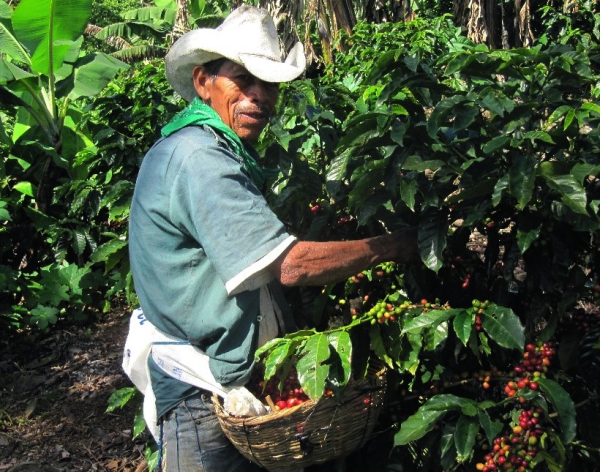
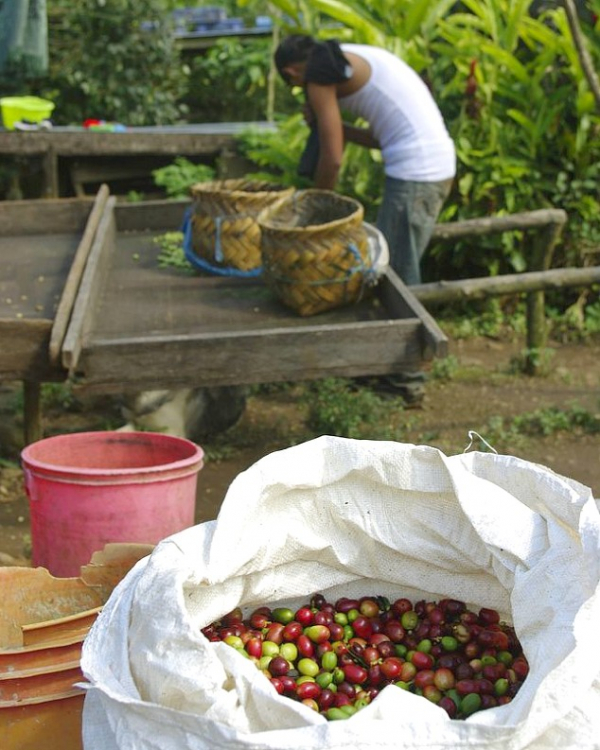
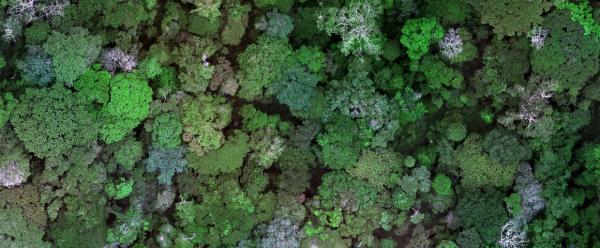
_C.Chabrier.JPG)
